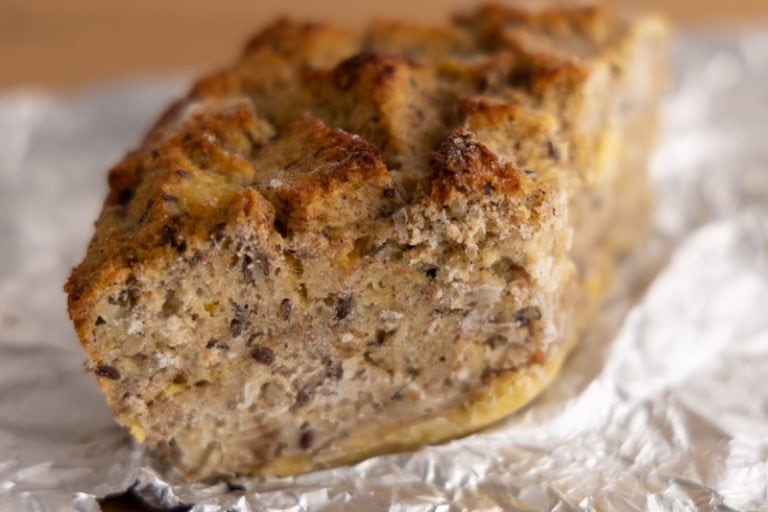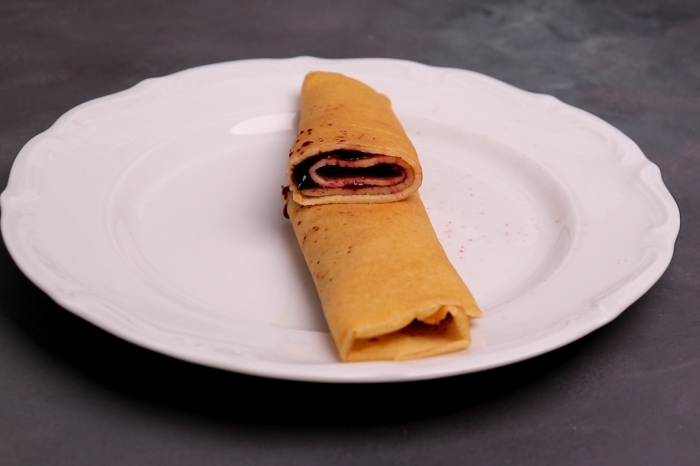How to Store Sugar Long Term?
Not sure what’s the proper way to store sugar? Or just wondering if you can do things better?
(Spoiler alert: there are some key differences between the types you should be aware of.)
Here’s all about storing different kinds of sugar.
General Rules for Storing Sugar
You should store sugar in a cool and dry place that’s away from any heat sources. After opening the package, make sure the sugar stays sealed tight.
A tight seal takes care of at least two things:
- it prevents the sugar from picking up odors from nearby foods, and
- it stops any pantry bugs from getting to the sugar
Plus, if you go with one of those airtight containers, it also keeps any moisture at bay.
(That’s why resealable containers are the best option for storing sugar.)
Now, I can’t blame you if you leave sugar in its original packaging after opening the package. I do that too, and that’s usually not a huge issue.
The thing to remember here is that paper bags provide little protection against water and smells, so where that bag sits becomes that much more important. For me, it’s a dark and dry cupboard in the kitchen where I also store other staples such as flour or pasta.
If you’re leaving sugar in its original bag (that’s not resealable), at least seal it with a sealing clip. It takes a couple of seconds, and your sugar is much better protected.
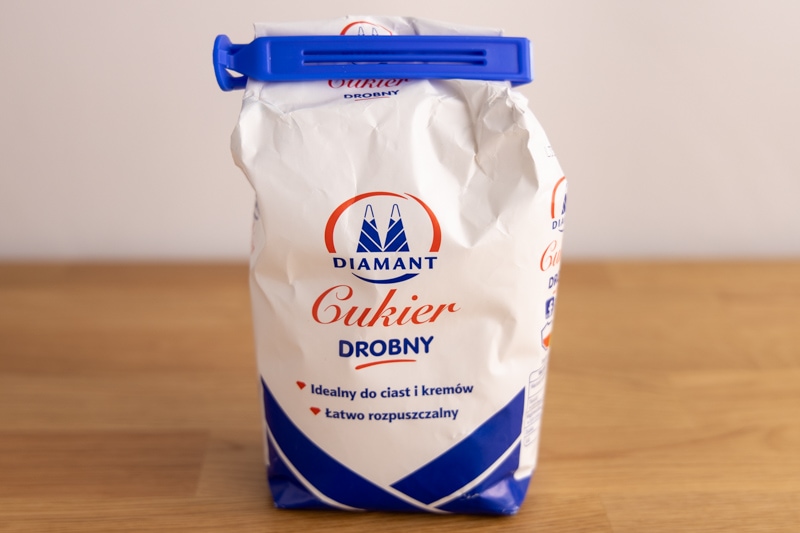
Granulated White Sugar
Granulated white sugar tends to harden and lump if there’s too much moisture in the package.
Of course, some small lumps that you can break apart with a fork or using a sieve are perfectly normal and expected, even if you store the sugar in perfect conditions.
But if those clumps start to grow and you can’t get rid of them easily, it’s time for one of the other techniques:
- running the sugar through a food processor
- placing the lumps in a freezer bag and smashing it against the counter
- warming the sugar in a microwave for 30 seconds, so that the lumps become softer and easier to break apart using a fork or a sieve
Related: Does sugar go bad?
Brown Sugar
While white sugar hardens when there’s too much moisture around, brown sugar tends to clump when the environment is too dry. That’s because brown sugar contains a small amount of molasses, which makes it naturally moist, at least compared to white sugar.
If there’s not enough moisture in the air, molasses dries out, and the sugar starts to clump.
Of course, if you use brown sugar frequently, you’ll probably never face that issue. But if it sits in storage untouched for years, or its cupboard is as dry as it gets, chances are one day you’ll find that your brown sugar has hardened.
Related: Does brown sugar go bad?
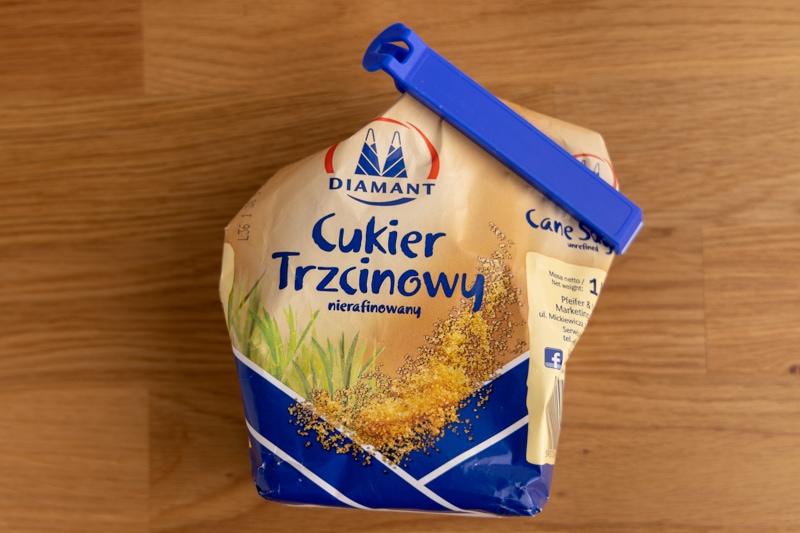
Hardened Brown Sugar
If your brown sugar has clumped, there are a few things you can do to restore it:
- Use the microwave. Transfer the sugar into a microwave-safe bowl and cover that bowl with a damp paper towel. Microwave the bowl on high for 30 seconds and see if the sugar has softened. If not, continue nuking it in 15-second increments. If you don’t have a suitable bowl or paper towels on hand, you can place a glass of water in the microwave instead.
- Restore moisture using apple or bread slices. This method is as simple as it gets: you place a few apple or bread (make sure it’s not stale) slices in the container with the sugar and leave it there overnight. The sugar then absorbs some of the water from the bread or apple and softens. The only downside is that it takes at least 6 to 8 hours to fix the issue, so it’s not a quick fix you can use when you need that sugar right now.
- Manually loosening the sugar. You grab the bag and smash it against the counter, or use a blender or a mixer to break the clumps apart. This method doesn’t fix the underlying issue (lack of moisture), but it works instantenously, and sometimes that’s exactly what you need.
The proper solution to hardened brown sugar is quite simple: adding some of that lost moisture back to the sugar. So while the methods above are the most popular ones, you can easily find other ways to let the sugar absorb a bit of moisture and soften.
If you fix lumped brown sugar by restoring its moisture content, use a fork when checking if the sugar has softened. Don’t expect it to break apart on its own.
Now, if the issue of brown sugar clumping comes back again and again, consider fixing the underlying problem.
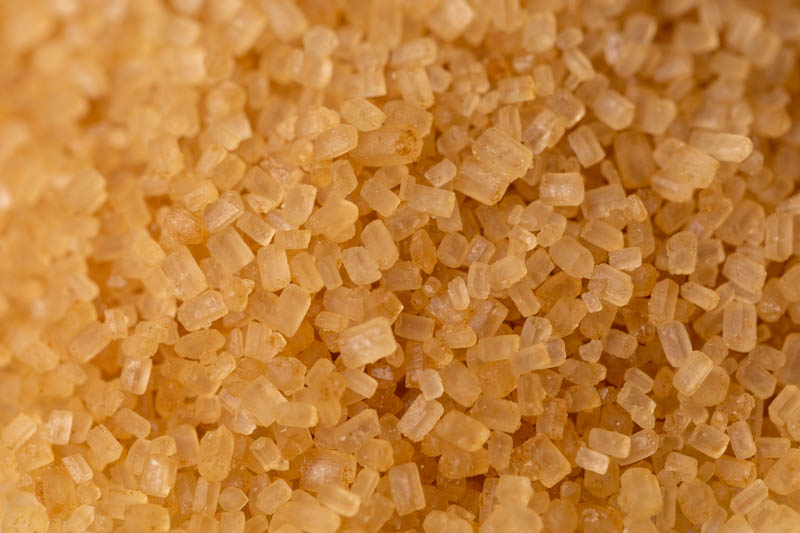
Using a Sugar Saver
A sugar saver is a small gadget that’s designed to maintain the correct humidity level and prevent brown sugar from clumping. Of course, you can also use it to soften brown sugar that’s turned into a rock.
Obviously, you can use a sugar saver with other foods that require a bit of moisture to keep quality, like marshmallows or cookies. Or use it (unsoaked) to absorb moisture where we don’t want it, say in a salt container.
Related: How long do marshmallows last?
Please note, however, that a sugar saver isn’t a “set it and forget it” kind of a solution. You still need to soak it before putting it in the container and resoak it every 3 to 6 months or when it dries out.
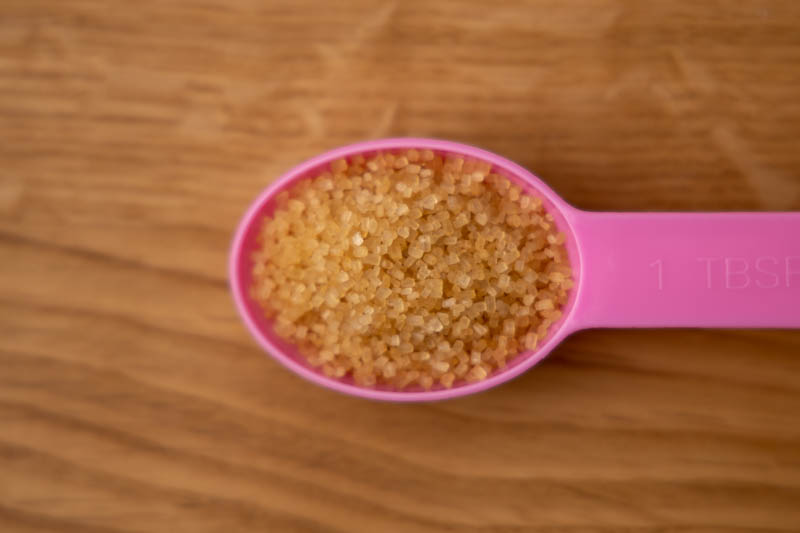
Powdered Sugar
Powdered sugar isn’t that different from white sugar – it’s basically finely ground white sugar with a bit of an anti-caking agent. When it comes to storing it, a cool and dry area and an airtight container are all that it needs.
Confectioners’ sugar (another name for powdered sugar) tends to form small clumps after prolonged storage, and you can usually remove those using a fine mesh strainer.
If yours are bigger and difficult to break apart, consider using a moisture absorber. You can try using a dry sugar saver (that I talked about in the previous section) or put a spoon of white rice or beans in a muslin cloth and use that as a homemade absorber.
That said, clumping isn’t usually a huge issue with powdered sugar, so it’s worth looking into why that is happening. Maybe the sugar sits in a humid area, or the bag or container is half-open and the powder absorbs all the moisture that’s around.
Fixing the underlying storage issues should make the clumping problem go away.
Related: Does powdered sugar go bad?
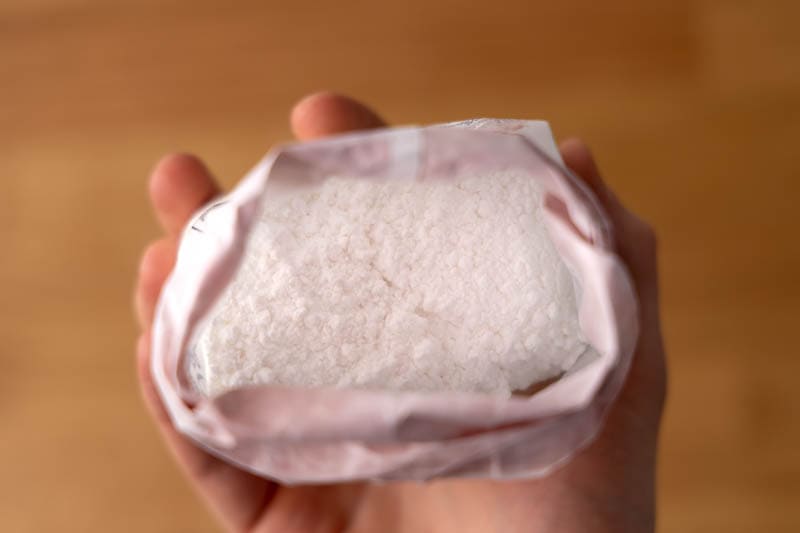
Rotten Records: Share Your Snap!
Caught some food past its prime? Upload your photo to “Rotten Records” and help others spot the signs of spoilage. Every image makes our food community safer and more informed!
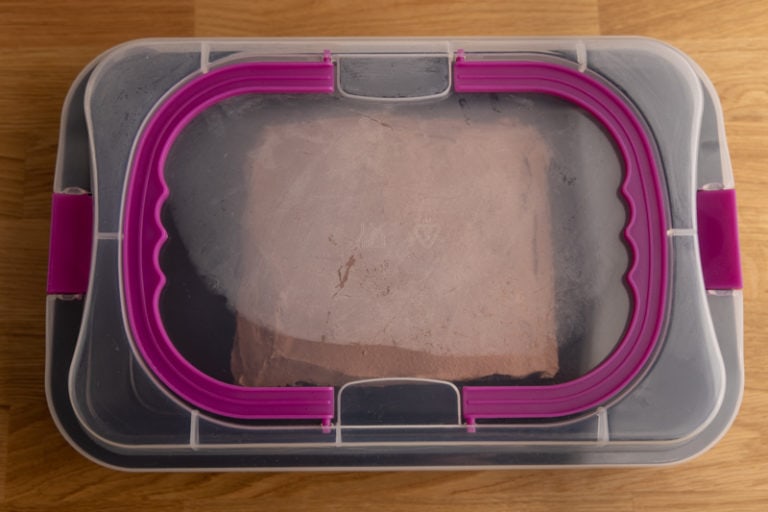
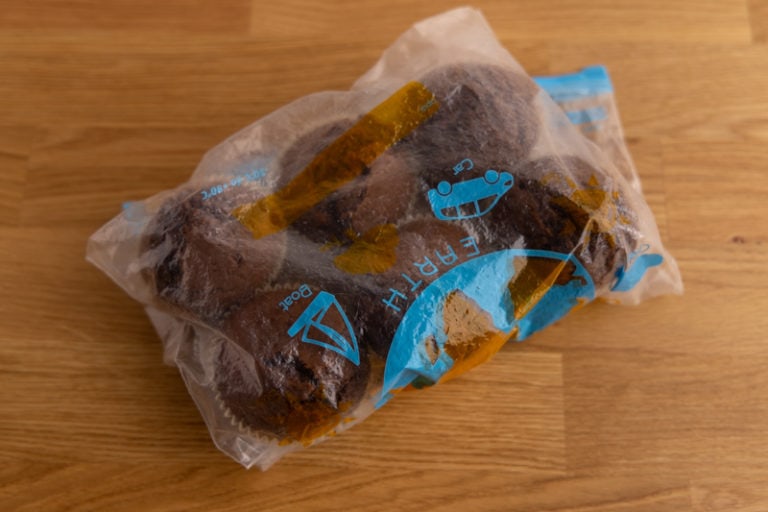
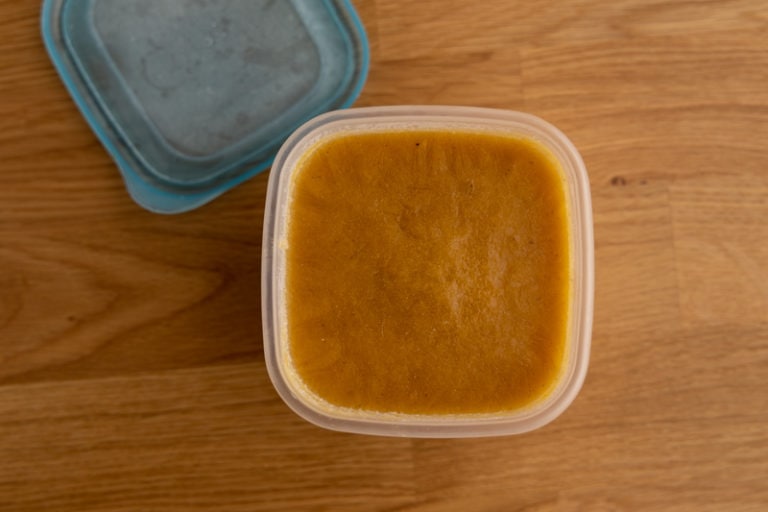
![Does Baking Powder Go Bad? [And How to Tell if It’s Still Good]](https://www.doesitgobad.com/wp-content/uploads/bakingpowder.jpg)
